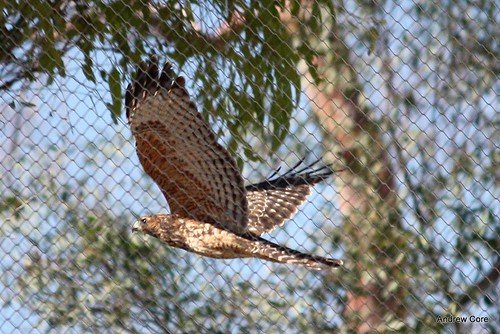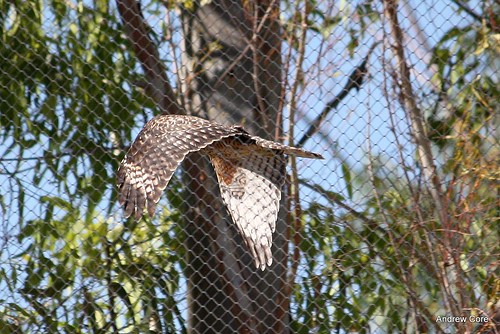Much has been written about the different types of birding and birders. Are you an armchair birder or a chaser? Are you a competitive birder? Do you take in each bird and their behavior, or do you tick and run? Do you fire away with your camera at the sight of a bird or do you take time to observe and identify it? I like to think I'm a well-rounded birder that enjoys all aspects of birding. But I admit I could take more time to truly observe the birds.
As you know, many factors dictate how much birding one does. Currently my outings are limited. But I did have a few hours this weekend to bird two Tucson parks. It was birding not dictated by recent reported rarities, but a chance to go out and just enjoy the birds and beautiful weather. This is something I wish I could do more often, but doesn't everyone?. You see, Southeast Arizona has so many good birds and such an active rare bird alert in terms of reporters and rarities, that my few birding adventures are often of the chasing variety. Not a bad problem for a birder to have. This makes it hard to keep that little Sandy Komito on my shoulder quiet- that drive to go, tick, and conquer. But this weekend the little Kaufmans (Kenn and Kimberly) on my other shoulder reminded me that it's refreshing and relaxing to just go out and enjoy all the birds, even the common ones. It's a delicate balance, right? Not when little Sandy is screaming at you to get your butt out of bed and go find a rare bird! More like a tug of war.

My first stop found me at a park with a decent sized pond, which we call a "lake" here in the desert. Here I've ticked such rarities as Greater White-fronted Goose, Pacific Loon, Tricolored Heron, Ring-billed and Herring Gulls, Least and Elegant Terns, and both pelican species. Wait, I said I was going out to enjoy the common birds, right? Yes, in a minute. First I scanned the water for any vagrants, maybe a Eurasian Wigeon or California Gull? No luck, only lots of Coots and a few Mallards. But they need love too. Then I noticed a large flock of blackbirds across the water. I could make out a couple yellow heads among them and decided to go around and check them out. Yellow-headed Blackbirds are uncommon in the city and are most often found in my neck of the cacti in marshes or on farm land. When I do see them, they're usually distant, hidden in the reeds, or flying away. I rarely get an opportunity to photograph one in the open. When I saw this bird perched on a bare branch, I observed it for a moment in my binoculars. Then I moved in a little closer with my camera and snapped a few (dozen) photos. It's nice to finally have a shot of one without a feed lot in the background. After taking advantage of the photo op, I took time to enjoy the bird in my binoculars again.

 |
| Yellow-headed Blackbird |
Among the flock were Brewer's Blackbirds, abundant here this time of year. I decided to study them more than I have before and gained a new appreciation for their iridescent plumage. Komito says, "Fine, if it'll help you pick out a Rusty Blackbird one day, go for it." I snapped a few photos because I don't remember ever getting a decent shot of one, or ever really trying to.
 |
| Brewer's Blackbird |
My final stop was at a little known park only 2 miles from my home. It's hidden back in a neighborhood so I didn't know about it until recently. It has lots of big trees and sits adjacent to a wash so I was looking forward to checking it out. There were lots of Yellow-rumped Warblers chipping and foraging in the trees, a good sign. As I walked along the edge of the park near the wash I flushed a Sharp-shinned Hawk from a mesquite and heard a familiar chattering. It was a House Wren! Common in the Catalina and Santa Rita Mountains, this was my first one in the lowland.
 |
| House Wren |
I continued my leisurely stroll around my newly discovered patch and contemplated its potential as a productive birding spot.
It was a gorgeous and relaxing outing just like I had hoped, until I got home and read the rare bird alert...
*Note: Sandy Komito and listers are not evil. If they were, I'd have horns. But the Kaufmans probably
are angels.






































































